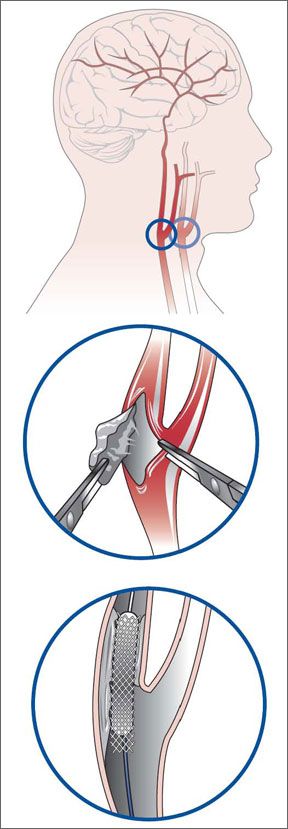If you have ever had a stroke or transient ischemic attack (TIA, a temporary event with stroke-like symptoms that does not cause lasting brain damage), your doctor has probably told you that your risk for a subsequent cerebrovascular event is higher than it would be for someone who has never experienced one. With that in mind, the American Heart Association (AHA) and American Stroke Association (ASA) recently updated their guidelines for the prevention of secondary strokes. The recommendations focus on minimizing the factors that comprise metabolic syndrome, careful use of antiplatelet drug therapy and treatment of narrowed carotid arteries, which are often implicated in ischemic strokes-those caused by blockage in the arteries carrying oxygen-rich blood to the brain.
To continue reading this article or issue you must be a paid subscriber.
Sign in






